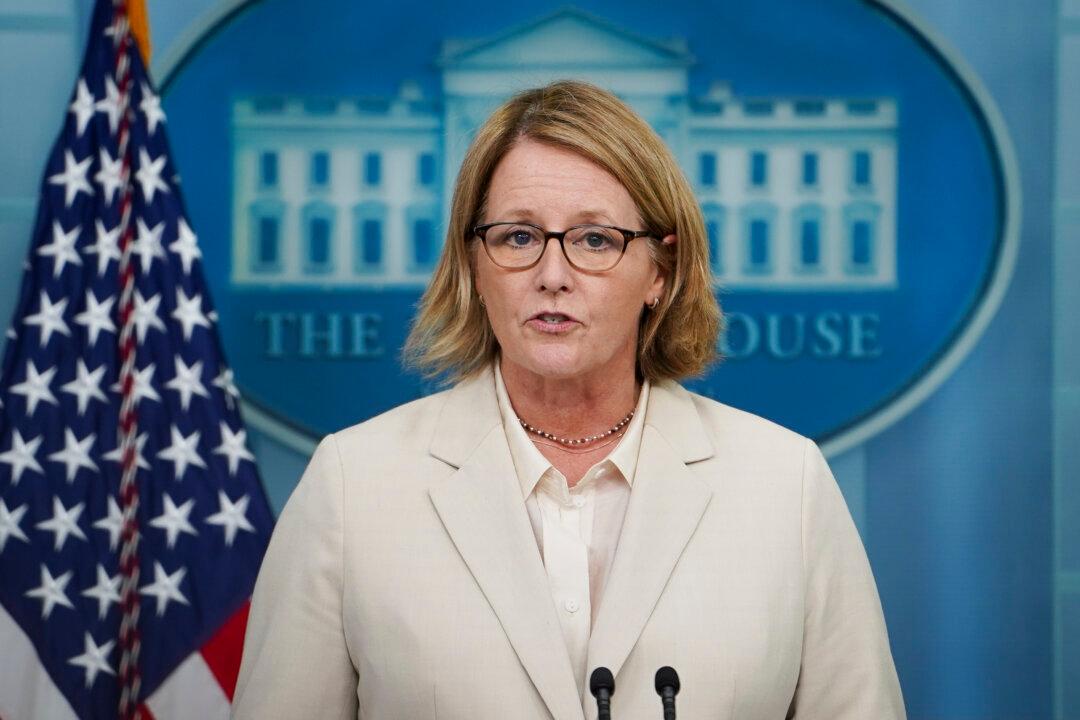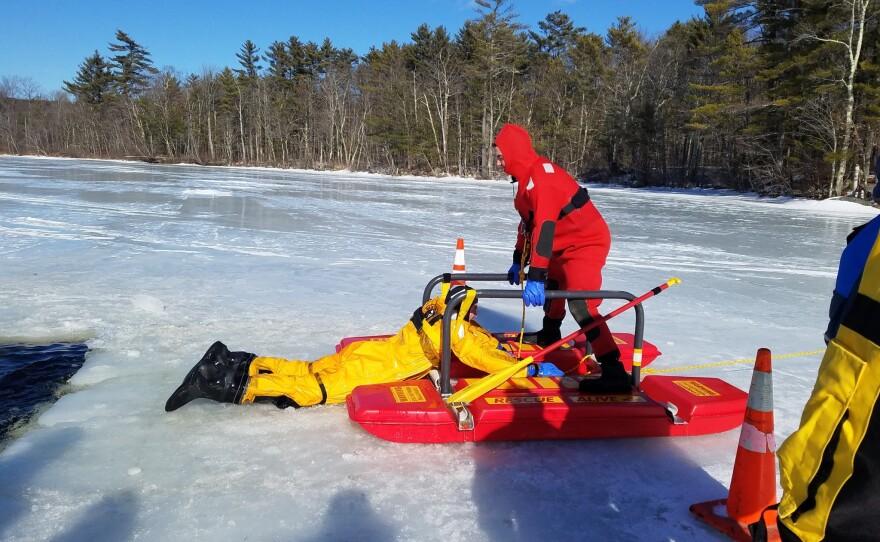Before the peak of the hurricane season, the Federal Emergency Management Agency (FEMA) says its disaster relief fund is depleting and could dry up within weeks.
FEMA chief Deanne Criswell has previously warned that the relief fund is expected to be depleted by the middle or end of August. However, during a Sunday interview with CBS, Criswell said that the disaster fund is expected to run dry in mid-September, but the situation is day-to-day.




